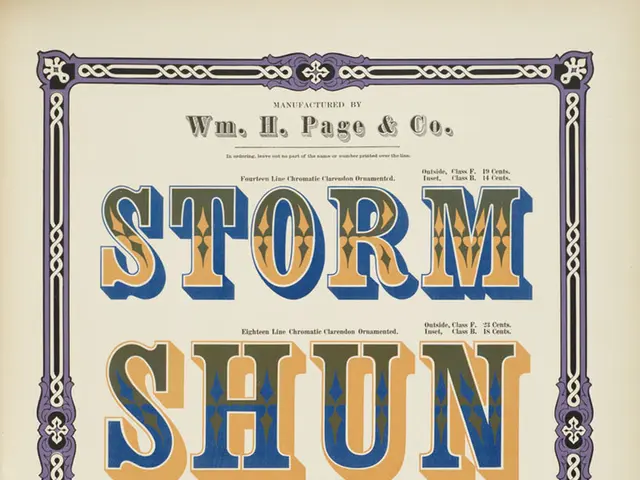Understanding Anxious Attachment Style: Recognizing Its Signs and Possible Presence in You
Feeling insecure and clingy in relationships? You might be struggling with an anxious attachment style. Kendra Mathys, PsyD, a clinical psychologist, explains what it's all about and how to make it work in any relationship.
The Anxious Attachment Style
An anxious attachment style is characterized by a strong desire for meaningful relationships, a fear of abandonment, and a high need for constant reassurance and support. It's often referred to as preoccupied or anxious-ambivalent attachment due to the combined elements of anxiety, low self-esteem, and an intense need for love and affection.
Causes
The anxious attachment style generally develops from inconsistent or unpredictable caregiving during childhood. When caregivers are sometimes responsive and nurturing but other times dismissive of a child, it can create a belief system that predicting outcomes in relationships is difficult. Other potential causes include experiencing heartbreak, trauma, or resentment from past relationships.
Signs
If you are preoccupied or fixated on your partner's needs, prioritize their needs over yours, question your self-worth, need constant validation, experience heightened anxiety or worry, have trouble expressing or understanding your emotions, and struggle with boundaries - you may have an anxious attachment style.
Impact on Relationships
In stressful situations, you might come across as needy or clingy and participate in reassurance-seeking behaviors that risk pushing your partner away. On the other hand, when things are going well, you may be more in tune with your partner's needs and prioritize them over your own. People-pleasing is common among those with an anxious attachment style, along with heightened fear of rejection or abandonment, jealousy, and mistrust in relationships.
Fixing Anxious Attachment Style
To improve your relationships and cope with conflict, focus on healing past wounds, setting healthy boundaries, and practicing emotional regulation techniques. Here are some practical tips:
- Identify your triggers and emotional responses.
- Express your feelings using "I" statements.
- Communicate your needs clearly and express gratitude.
- Practice self-soothing techniques like grounding exercises or journaling.
- Seek therapy to guide you through the process.
Remember, improving an anxious attachment style takes time, but with consistent effort, open communication, and healthy coping strategies, it's possible to develop a secure attachment style and build healthier relationships.
An anxious attachment style, characterized by a high need for constant reassurance and support, often stemming from inconsistent caregiving during childhood, can influence one's relationships. If you find yourself preoccupied with your partner's needs, questioned your self-worth, need constant validation, experience heightened anxiety or worry, have trouble expressing or understanding your emotions, and struggle with boundaries, you may have this style. To counteract this, focusing on healing past wounds, setting healthy boundaries, practicing emotional regulation techniques, expressing feelings using "I" statements, communicating needs clearly, and seeking therapy can aid in building healthier relationships and developing a secure attachment style.








